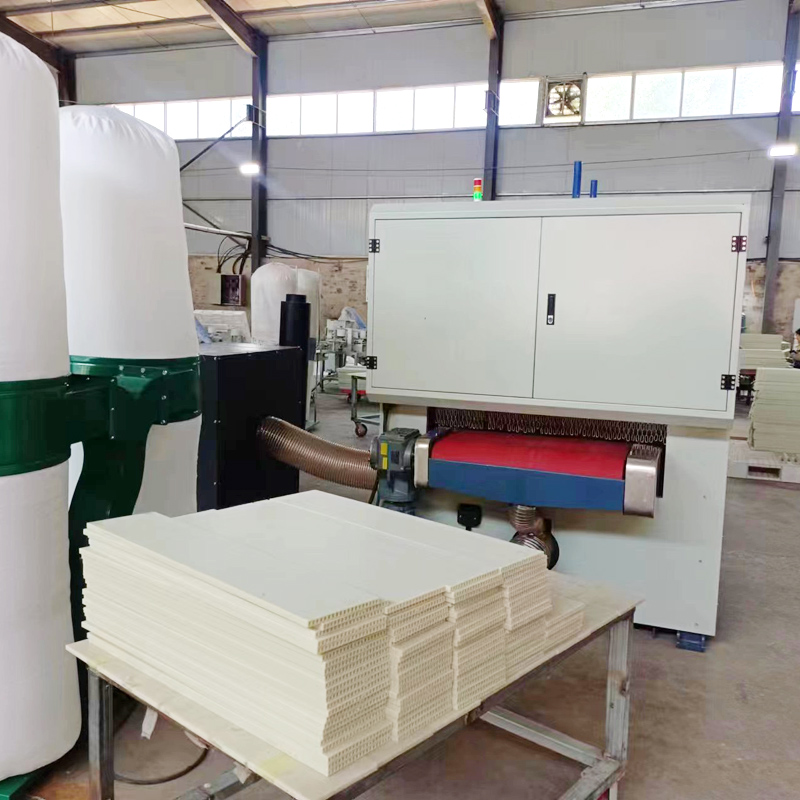

Parallel indexing CAM mechanism is a kind of intermittent stepping mechanism used for parallel axis. Compared with other intermittent mechanisms, it has better motion performance and less vibration and noise during high-speed operation. This mechanism can apply a certain preload to eliminate the gap between the CAM and the driven roller; Its volume size is the same as the commonly used slotted wheel mechanism, when the grading number, center distance and other conditions are the same, it can be very convenient to replace the slotted wheel mechanism with a parallel indexing CAM mechanism, which will bring great convenience to the improvement of some automatic machine tools. Based on these characteristics, this kind of mechanism has been paid more and more attention in the machinery industry and has been widely used. This section only describes the external parallel indexing CAM. The input end of this structure is a pair of planar conjugate cams, and the driven end is a driven disk with two rows of rollers. The roller drawn by the solid line is in contact with the outline I and III; The dashed roller (on the back of the driven disk) is in contact with Outlines II and IV. Profile I, 】 is the lift profile, driving the roller rotation, called the main profile; Ⅳ is the return contour, which plays a blocking role and is called the secondary contour. When conjugate CAM rotates at uniform speed, the driven disk moves intermittently.
Parallel indexing CAM mechanism is a kind of complex conjugate CAM mechanism, in a period of motion, each CAM has to push several rollers in turn. Each roller has a corresponding CAM contour curve, which is like a relay race, and pushes the corresponding roller to complete its own angular displacement. Therefore, each CAM contour curve is composed of several simple CAM contour curves. In addition, as a conjugate CAM, the meshing motion of the two cams must also have a certain degree of contact to achieve locking. Based on the above two reasons, there are many restricting factors to form the contour of parallel indexing CAM, and the design calculation is much more troublesome than that of ordinary planar CAM. It can be proved that if the motion law of the driven disk is a symmetrical curve (in fact, symmetrical curves are generally used), the contour curve of the parallel indexing CAM is axisymmetric. This brings great convenience to the design and processing. In the design calculation, only one of the two cams should be considered.
